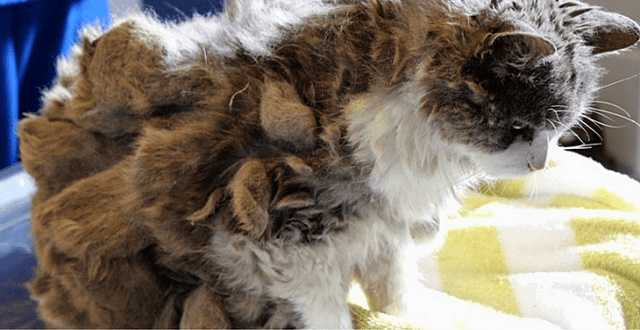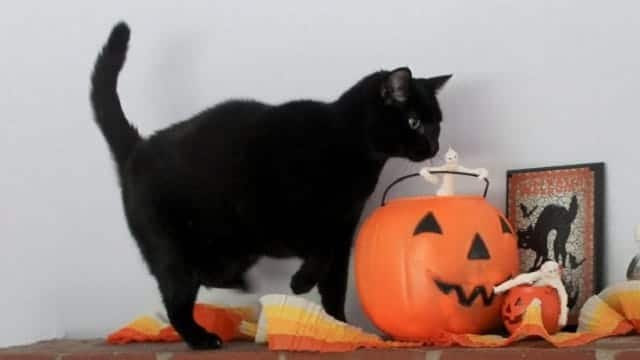When the Royal Mail announced that it will be opening a Postal Museum and Mail Rail exhibition that will feature a restored section of a little-known underground railroad, it kind of overshadowed the real story. Sure, the institution is responsible for such mail-delivery revolutions as the postage stamp and the iconic red pillar mailbox, but the upcoming heritage effort is exciting for more than its mere philatelic history. Located beneath the streets of London, the Royal Mail will also pay tribute to the phenomenon of post office cats.
The Guardian’s Maev Kennedy reports that the museum will feature a display paying homage to the the postal system’s furry employees of yesteryear —post office cats who had their own wages and pensions. Early postmasters weren’t necessarily cat lovers; they needed a way to get rid of pesky rodents. And so they brought cats in to their buildings. But cats don’t eat for free, and in 1868 the Secretary of the Post Office authorized post offices to hire cats, allotting only one shilling, not the requested two, a week to feed all three original cats—over time, the salary of these furry workers would sometimes result in bitter battles over just how much money they deserved. Back in 1918, a finicky cat helped bump the salary up, giving each cat its own weekly shilling, and that rate remained until the 1950s, when it was revealed that the one-shilling-a-week allowance had stayed the same, though the rate apparently kept up with inflation over the years.
Tibs the Great was the Royal Mail’s most famous post office cat of all. According to the mail service, he eventually weighed in at 23 pounds and became the official Royal Mail Headquarters cat providing over 14 years of service. When he died, Tibs (the son of Minnie, another epic post office cat) was lauded with an obituary in the service’s magazine that recalled that “there is no record of Tibs ever granting audience to a Postmaster General.”

An artist’s rendition of New York post office cats of the 1890s. (Public Domain/St. Martin’s-le-grand)
The UK may have had Tibs, but they didn’t have dibs on the idea of hard-working postal felines. In 1904, the New York Times reported that George W. Cook, “the only Superintendent of Federal Cats in this country,” gave a party for 60 post office cats in honor of his own 81st birthday. On the menu? Calve’s liver and lamb kidney.
Three years earlier, the population of post office cats had reached such proportions that the New York Post Office took the unprecedented step of banishing the entire group o them. The phenomenon was apparently quite common: Historic newspapers are filled with accounts of post office cats, their amazing rat- and mouse-catching skills, and their lives of brave (and adorable) service.
Daniel Piazza, chief curator of philately at the Smithsonian National Postal Museum, says that post offices often kept beloved dogs. One example is Owney, a mail dog who was so beloved his colleagues at the post office had him stuffed and put him in a museum. “Dogs tended to be mascots for post offices,” Piazza explains. “They were kept by the postal employees as pets, whereas cats were viewed more as working animals.” Today, Owney is one of the National Postal Museum’s biggest attractions, though Piazza admits he finds the taxidermied pup “kind of creepy.”
These days, things like exterminators and no dogs allowed rules have made post office pets a thing of the past for the most part. But then again, it’s fun to think of the modern postal service being built on the backs of hungry kitties.











